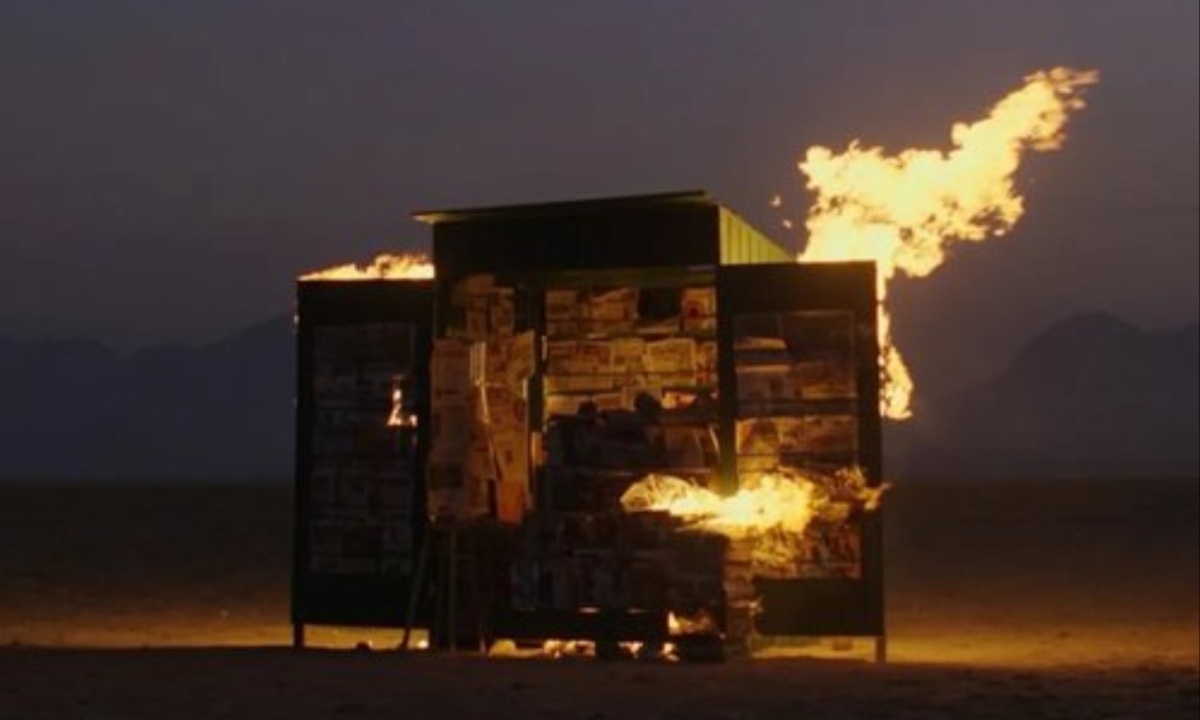“Estado de Silencio” (“State of Silence”) is a documentary now available on Netflix, focusing on the grave dangers faced by Mexican journalists. Through the experiences of four reporters, the film illustrates the harsh reality of working in one of the most hazardous countries for journalists, where over 165 have been killed or disappeared since 1992.
Scenes from the documentary include a journalist receiving death threats from a cartel leader, another encountering armed loggers while investigating illegal deforestation, and a reporter from Culiacán voicing concerns about the constant threats reporters live with due to cartel dominance.
The project was produced by La Corriente del Golfo, a company co-founded by Mexican actors Diego Luna and Gael García Bernal. Initially conceived as a series, it was transformed into a feature film during the pandemic under the direction of Santiago Maza.
According to Luna, the documentary serves as a tribute to journalists and their critical role in keeping society informed. The film sheds light on the immense risks journalists take, and Maza stated that it was created to remind viewers of the vital contributions these reporters make, despite the increasing danger they face.

The documentary follows four prominent journalists: Juan de Dios García Davish and his wife María de Jesús Peters, who cover violence against migrants in Chiapas; Marcos Vizcarra, a reporter in Sinaloa investigating cartel-related disappearances; and Jesús Medina, a Mexico City-based journalist specializing in environmental exploitation.
Each journalist’s work reveals the widespread violence and intimidation aimed at silencing the press. The filmmakers took a year to edit the footage, weaving together the stories of these journalists, who often find themselves in life-threatening situations and must navigate between their personal safety and their professional obligations.
One memorable moment in the film shows Juan de Dios, exiled with his family in California, listening to a threatening phone call from a cartel boss while grappling with news of his mother’s failing health in Mexico.
The documentary contrasts the reporters’ professional challenges with the toll their work takes on their personal lives, highlighting the immense pressure they endure. The filmmakers, though operating under strict security protocols, also faced significant risks during production, as they documented sensitive material in volatile regions.
The film critiques Mexico’s insufficient efforts to protect its journalists, who continue their work under constant threat. Maza stresses that the government needs to recognize the severity of the violence and take more substantial measures to ensure the safety of reporters.
Furthermore, the documentary situates the struggle for press freedom within a broader global context, noting how authoritarian leaders like Trump and Putin have sought to undermine independent journalism. Maza calls for a renewed awareness of the critical role journalists play, not just in Mexico, but around the world.


